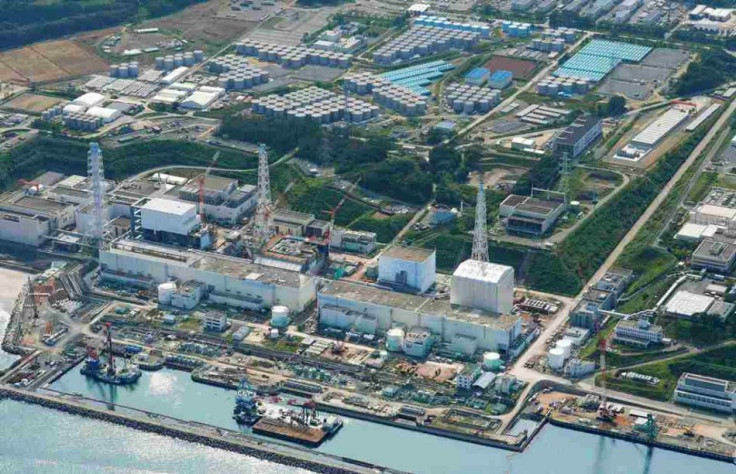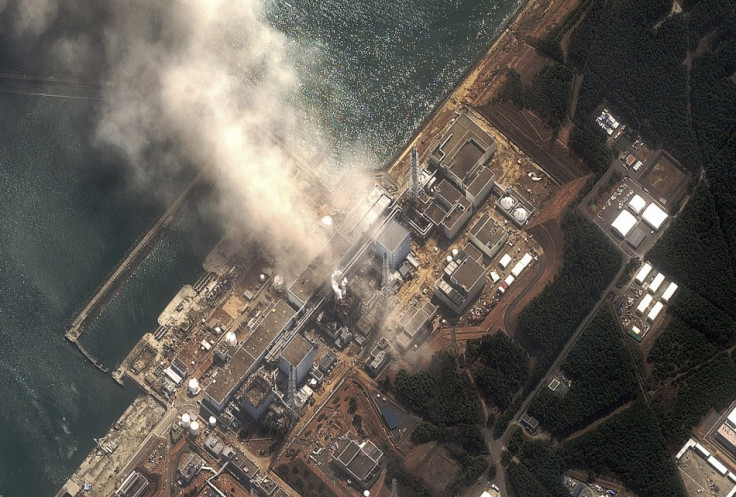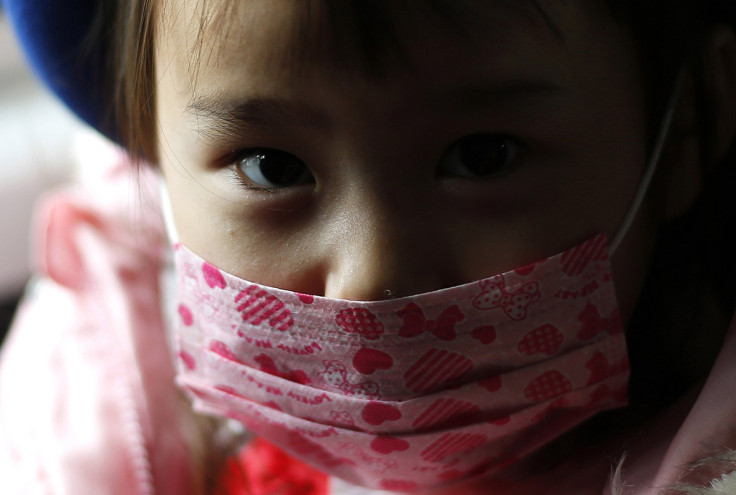Tohoku Earthquake Anniversary: What is Happening at Fukushima Dai-ichi Three Years After Disaster?

Three years ago the largest earthquake in Japanese history ripped through the East coast of the country.
Measuring 9.0 on the Richter scale, the Tohoku Earthquake as it became known, swept an enormous 40 metre tsunami across coastal towns and cities.
The natural disaster is thought to have claimed the lives of almost 20,000 people and The World Bank estimated it caused $235bn (£141bn) of damage.
The earthquake also ruptured the Fukushima Dai-ichi, a multi-reactor nuclear power site in the Fukushima Prefecture of Japan, leading to a catastrophic nuclear meltdown at the site.
On 12 March 2011 the plant started releasing huge amounts of radioactive materials.
In the aftermath of the disaster approximately 270,000 people were evacuated from the area into temporary government shelter.
Three years later
Although atmospheric radiation has fallen dramatically and decontamination is complete, evacuees who were displaced by the disaster still cannot return to the area permanently.

Officials say radioactive water at the crippled nuclear power plant remains the biggest problem and the three year clean-up operation has been beset by a continuing flow of toxic water.
Tokyo Electric Power Company (Tepco), the operator of the nuclear plant must keep pumping water into the plants reactors to keep fuel from overheating.
It means thousands of sealed tanks hold nearly 436,000 tonnes of contaminated water at the Fukushima Dai-ichi site, and toxic water keeps flowing at a rate of 400 tonnes a day.

In January Tepco started to construct an underground wall of frozen soil, which it hoped would stop radioactive water from running into the sea. But water is still thought to be permeating nearby ground and seeping into the ocean.
Last year it was estimated 300 tonnes of radioactive water was draining into the sea every day.
Now scientists say the best possible option could be to dump hundreds of thousands of tonnes of contaminated water into the Pacific Ocean.
Plant chief Akira Ono is reported as saying: "The most pressing issue for us is the contaminated water, rather than decommissioning.
"Unless we resolve the problem, fear of the society continues and the evacuees cannot return home.
Dale Klein, of Tepco's nuclear reform committee, told reporters in Japan that the company was making progress but still faced an uphill battle.
He said: "Tepco is making progress on water management but I'm not satisfied yet. It's frustrating that the company takes four or five steps forward, then two back. And every time you have a leakage it contributes to a lack of trust. There's room for improvement on all fronts."

Consequences of the disaster are still being felt in nearby Koriyama: children must be kept inside for fear they could be contaminated by radiation and the clean-up operation is expected to take decades to complete.
© Copyright IBTimes 2025. All rights reserved.






















